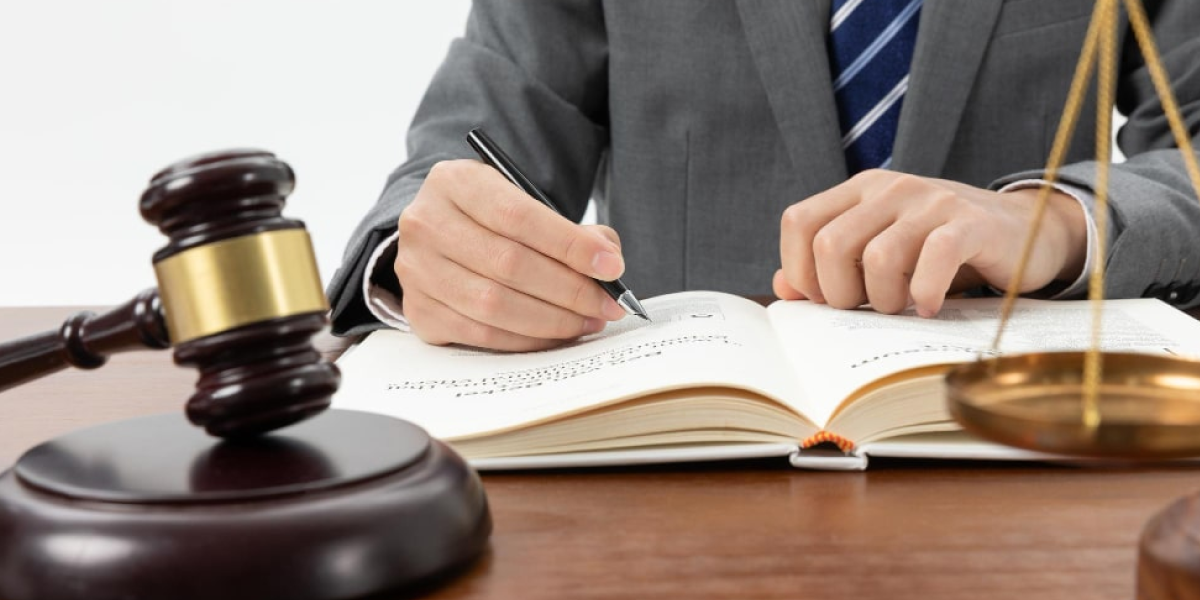Let’s start simple.
Category 3 water damage is the worst and most dangerous type of water damage you can face. This water is full of harmful stuff like bacteria, viruses, human waste, chemicals, and toxins.
If you touch it or breathe near it, it can make you very sick. It’s not just dirty water. It’s black water and needs immediate cleanup by trained professionals. Let’s get into the details of this topic.
What’s the Difference Between Category 1, 2, and 3 Water?
| Category | Water Type | How Dirty It Is | Examples |
| Category 1 | Clean water | Not contaminated | Burst pipe, clean the toilet tank water |
| Category 2 | Gray water | A little dirty | Washing machine, dishwasher overflow |
| Category 3 | Black water | Extremely dirty | Sewage, flood water, toilet with waste |
Category 3 is the most dangerous because it carries diseases and spreads fast.
Why is Category 3 So Dangerous?

This water often contains:
- Feces and urine
- Sewage water
- Chemical waste
- Flood water from streets or oceans
This kind of water damage is dangerous for your lungs, skin, and immune system. The IICRC S500 standard (a safety rulebook) says you must isolate, remove, clean, and disinfect everything carefully.
What Causes Category 3 Water Damage?
Many things can lead to this mess. Some common causes are:
- Sewage backup from your drains
- Toilet overflows with waste
- Flooding from rivers or storms
- Surface water that flows over dirty ground
- Untreated water damage that was clean at first, but left too long
If you wait too long to fix water damage, it can turn into Category 3.
Health Risks and Dangers
Category 3 water can cause:
- Infections (especially stomach and skin)
- Breathing problems
- Allergies
- Mold that spreads quickly
- Long-term illnesses in kids, seniors, and pets
This water is not just gross — it’s toxic.
How to Know If You Have Category 3 Water Damage

If you notice a strong sewage smell in your home, black or dark brown water, greenish mold on the walls or ceiling, soft or squishy floors, or sudden appearance of pests like cockroaches or rats, it could mean you have Category 3 water damage. These are signs of very dirty and dangerous water, so it’s best to stay away from the area and call trained professionals right away to handle it safely.
Also, interesting in learning how to check for mold after water damage? Here’s the detailed write-up for you to check.
What Should You Do Right Away?
Here’s what to do immediately:
- Don’t touch the water.
- Turn off the power and water supply if it’s safe to do so.
- Leave the area, especially if you smell gas or sewage.
- Call a licensed restoration team right away.
Don’t try to clean it yourself. It’s dangerous and needs special gear.
How Professionals Clean Category 3 Water Damage
Here’s the step-by-step cleanup process used by pros:
- Check the damage and test for health risks.
- Pump out all the dirty water.
- Remove damaged materials like carpets, drywall, and insulation.
- Disinfect everything using special cleaning agents.
- Dry out the space using big fans and dehumidifiers.
- Remove mold, if it has started growing.
- Inspect the area to make sure it’s completely safe.
This process is based on the IICRC S500 standard, which is the industry safety guide.
Safety Gear Needed for Cleanup

To clean up Category 3 water damage safely, the water damage restoration team wears special safety gear called PPE, which means Personal Protective Equipment. This includes things like waterproof gloves, masks that protect their lungs (called respirators), full-body suits (hazmat suits), machines that clean the air (HEPA filters), and big fans and dryers to remove moisture. This gear keeps them safe from harmful germs and chemicals. It’s not safe to try cleaning this kind of mess yourself because even small mistakes can be very risky to your health.
Insurance and Legal Tips

If you experience Category 3 water damage, make sure to check your insurance policy to see what’s covered. Take clear photos of all the damage, keep any receipts or records of repairs, and report the damage to your insurer as soon as possible.
If your claim gets denied or doesn’t cover enough, consider hiring a public adjuster to help. Insurance companies need detailed proof, so don’t wait too long to file your claim, or you might risk it being rejected.
You can read this guide to learn how to get your insurance to cover water damage. Also, check out this article to see if renters’ insurance includes water damage.
Easy Ways to Prevent Category 3 Water Damage
You can’t stop a flood, but you can lower your risk:
- Fix leaks quickly
- Have your plumbing checked every year
- Install a backwater valve to stop sewage from coming in
- Seal cracks in your basement or foundation
- Use a sump pump in flood-prone areas
- Clean gutters and direct water away from your home
Spending a little on prevention now can save you thousands later.
Wrapping Up
Category 3 water damage is serious and dangerous, so it’s important to act fast and call professionals for help. This type of damage can affect your health and home, so never try to clean it up on your own. Make sure to follow the right steps, like checking your insurance, taking photos of the damage, and getting proper cleanup done to ensure your home is safe again. Quick action can prevent further harm and protect your property.
FAQs
|

